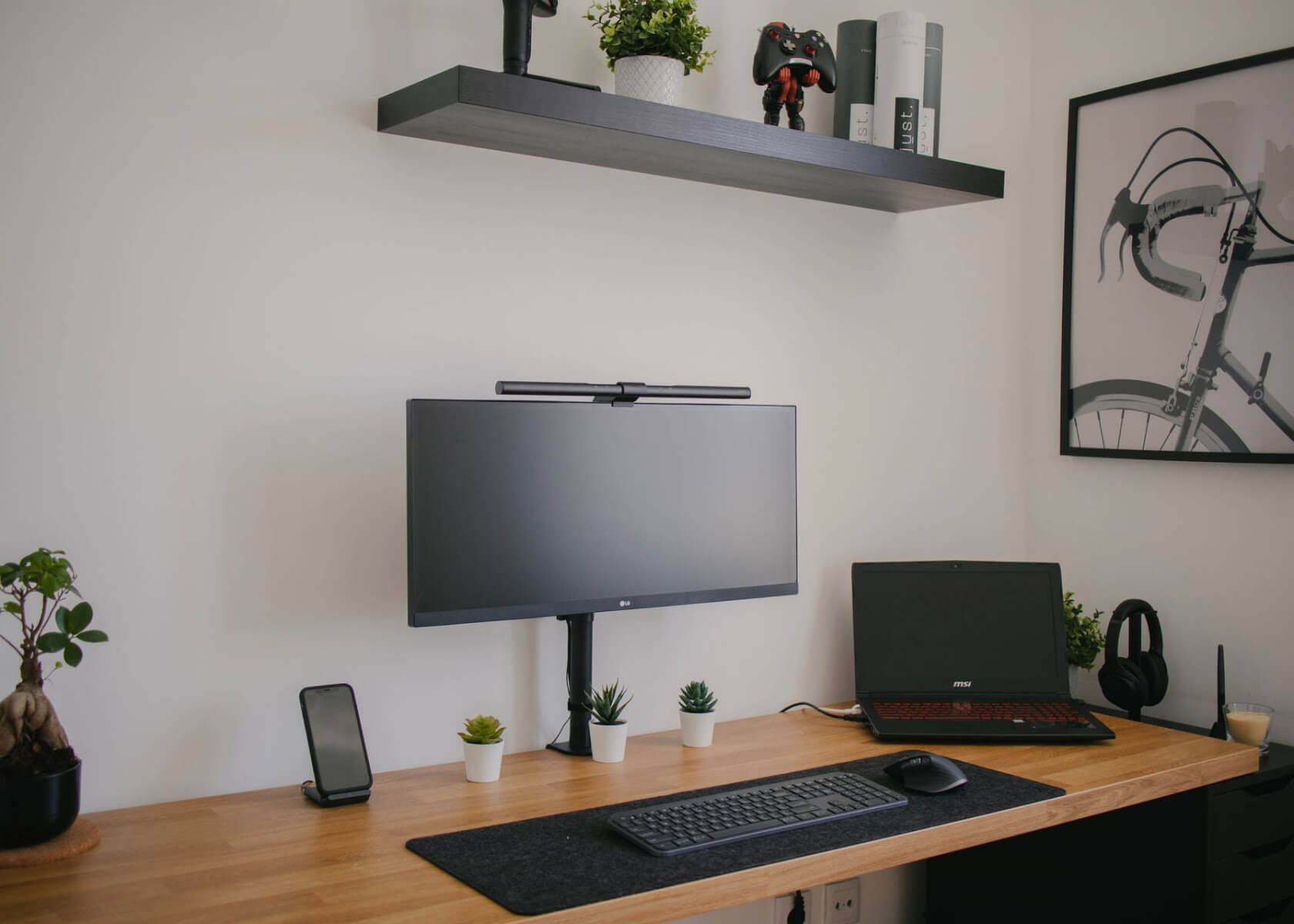Design a Daily Planner in Notion for Effective Time Management

New to Notion?
How to Design a Daily Planner within Notion for Effective Time Management
Time management is crucial for staying organized, meeting deadlines, and achieving your goals. Notion, a versatile all-in-one productivity tool, is an excellent platform to design and maintain your daily planner. This guide will show you how to create a daily planner in Notion by leveraging its current features and best practices.
Step 1: Create a New Notion Page
Begin by opening Notion and creating a new page for your daily planner. Click the "+" button in the sidebar and select Page. Give your page a clear title such as "Daily Planner" or "Time Management". You can also start with one of Notion’s recently updated pre-built templates and customize it to fit your workflow.
Step 2: Set Up Your Planner Structure
Organize your planner by dividing it into sections for different parts of your day, such as Morning Routine, Work Tasks, Personal Errands, and Evening Reflection. Structuring your page this way improves clarity and ease of use.
- Hover below your page title and click the small "+" button.
- Select Heading 2 to create a section header.
- Repeat this process for each section you want to add.
If you prefer a more dynamic structure, explore Notion’s database features. You can create a table, list, or board view to allow sorting and filtering by properties like dates, tags, or priority.
Step 3: Add Subtasks and Checkboxes
Break down tasks within each section into manageable subtasks. This approach gives you a detailed view of your day and helps maintain focus.
- Hover over a section heading and click the small "+" button.
- Choose To-do from the menu.
- Add as many subtasks as needed.
Simply click on the checkbox next to a subtask to mark it as complete. This straightforward method helps you track your progress throughout the day.
Step 4: Set Due Dates and Reminders
Assign due dates and reminders to keep your schedule on track. Notion now offers seamless integration of date properties with notifications available on desktop and mobile devices. You can also integrate your planner with external calendar apps for additional syncing.
- Click the calendar icon next to a task or subtask and select the desired date.
- For reminders, click on the bell icon after setting the date. Notion allows you to choose options such as On the day or 1 day before to ensure you’re notified of upcoming deadlines.
These features help you prioritize tasks and ensure that nothing slips through the cracks.
Step 5: Utilize Tags and Filters
Notion’s tagging system lets you categorize and sort your tasks efficiently. It is a useful way to denote context, priority, or project categories.
- Within a task or subtask, type # followed by your tag name.
- To view tasks based on tags or other criteria, click the Filter option located at the top right of your page.
- Select your desired filter, whether it’s by tag, due date, or completion status.
This functionality is especially beneficial when managing multiple projects or when you need a quick overview of your tasks.
Step 6: Customize and Personalize Your Planner
Personalizing your planner makes it both functional and visually appealing. Notion offers several customization options to tailor your page to your preferences.
- Change the page color or add a cover image.
- Format text styles and choose unique icons for each section.
- Enhance visual appeal by inserting images or emojis.
Access these settings by clicking the three-dot menu at the top right of your planner page and selecting Page settings. Experiment with different options until your daily planner reflects your personal style and workflow.
Step 7: Review and Update Regularly
A daily planner is most effective when you consistently review and update it. Make it a habit to assess your planner at the beginning and end of each day.
- Evaluate completed tasks.
- Move unfinished tasks to the next day.
- Add new tasks as needed.
Notion’s flexible drag-and-drop functionality makes it simple to reorganize items between sections. Regular reviews ensure that your planner remains current and accurately reflects your agenda.
Conclusion
Designing a daily planner in Notion can significantly enhance your time management and boost your productivity. By setting up clear sections, breaking down tasks, assigning dates and reminders, using tags and filters, personalizing your page, and routinely updating your planner, you create an effective system to manage your day. With Notion’s ever-evolving features and flexibility, you have a powerful tool at your disposal to stay organized and manage your time effectively.


